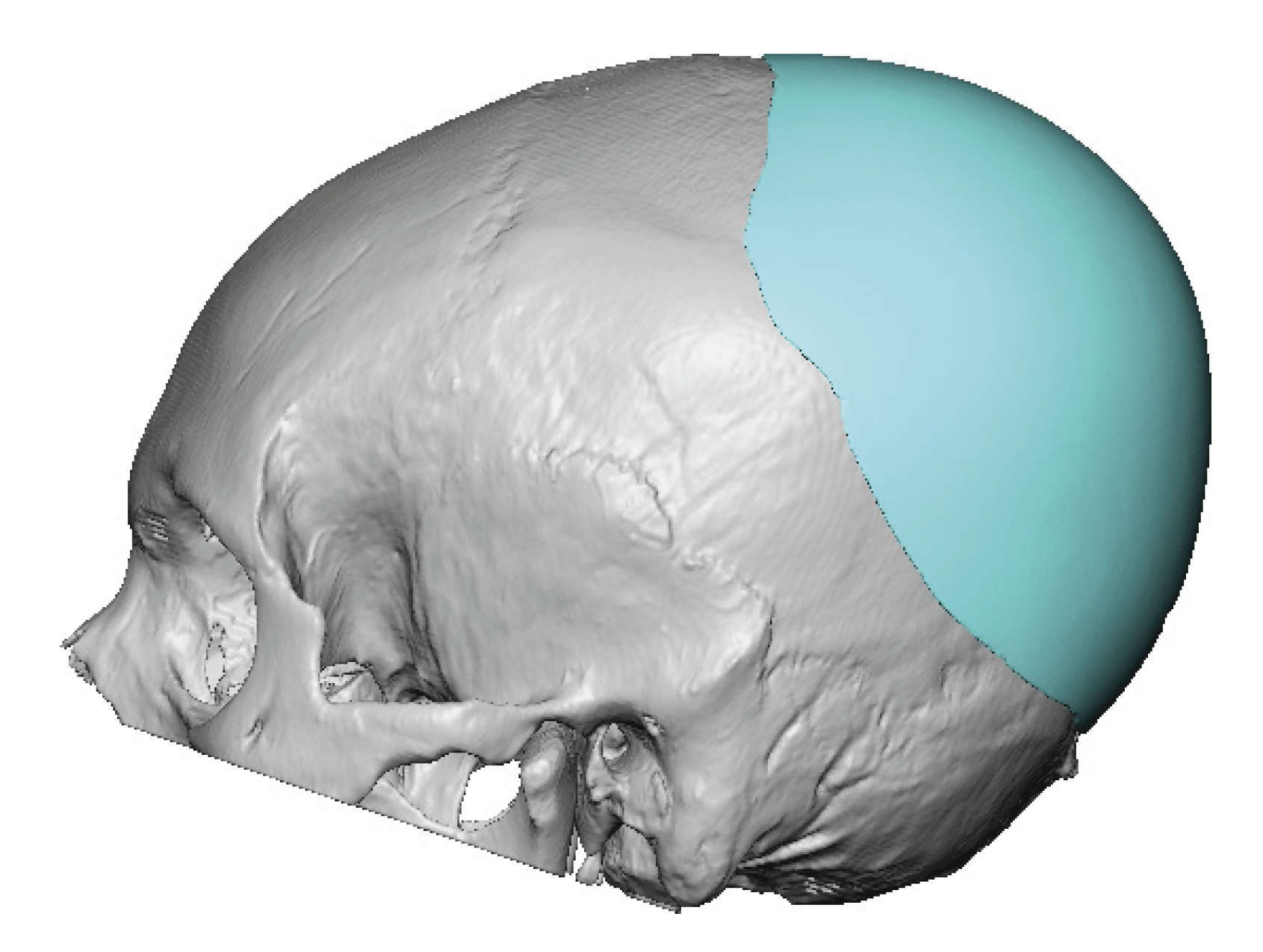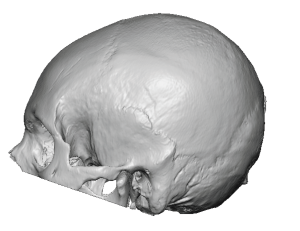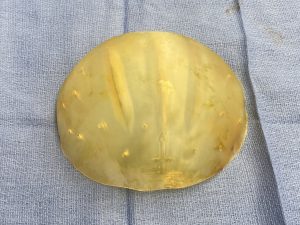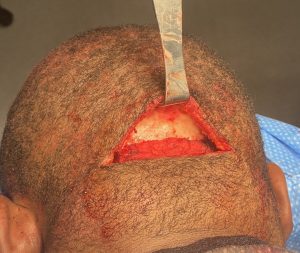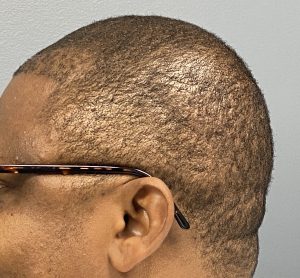Background: One of the most areas of skull augmentation is the back of the head. Plagiocephaly (flatness on one side), brachycephaly (flatness on both sides) and posterior fontanelle depressions are the most common reasons people seek an improved and more symmetric outward contour augmentation. The most reliable and effective method of such skull augmentations is with a custom skull implant where the surface area coverage, thicknesses and a smooth outer contour can be completely controlled by the preoperative design process.

As a result setting the maximum projection of the back of head needs to take into consideration how low the augmentation needs to be. The strong attachments of the neck muscles at the bottom of the visible occipital bone serve as the inferior limit of the augmentation in most patients. But in the instances of when the augmentation needs to be lower extending onto the muscle fascia can be considered.
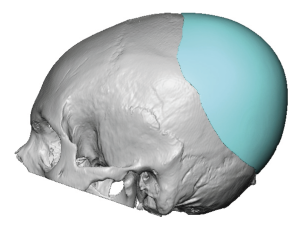

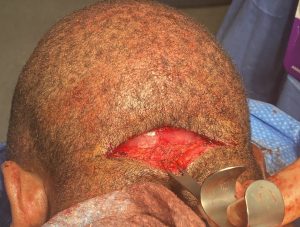
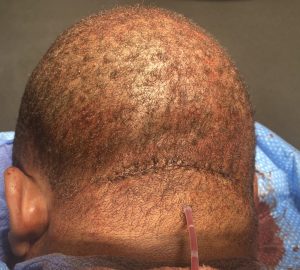
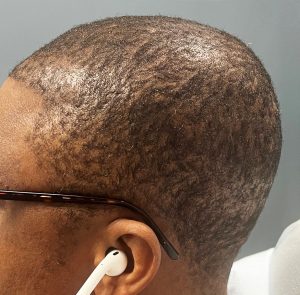
When augmentation the back of the head is considered and an implant designed to augment it the first consideration is what is the vector of the maximum projection that is needed. The more horizontal the projection is the lower the edge of the implant needs to go to keep a good head shape in profile. If needed the implant may have to be positioned with its lower edge past the nuchal ridge onto the neck muscle fascia. As long as it does not extend too far onto the neck fascia it should not cause any discomfort with significant neck extension.
Key Points:
1) Back of the head augmentations are best done with a custom skull implant design for both the largest and smoothest contour change.
2) The lowest possible scalp incision is used in the back of the head, preferably a horizontal scalp indentation if it exists.
3) To get the implant as low as possible it may be necessary to place its lower edge below the bone edge onto the muscle fascia.
Dr. Barry Eppley
World-Renowned Plastic Surgeon

